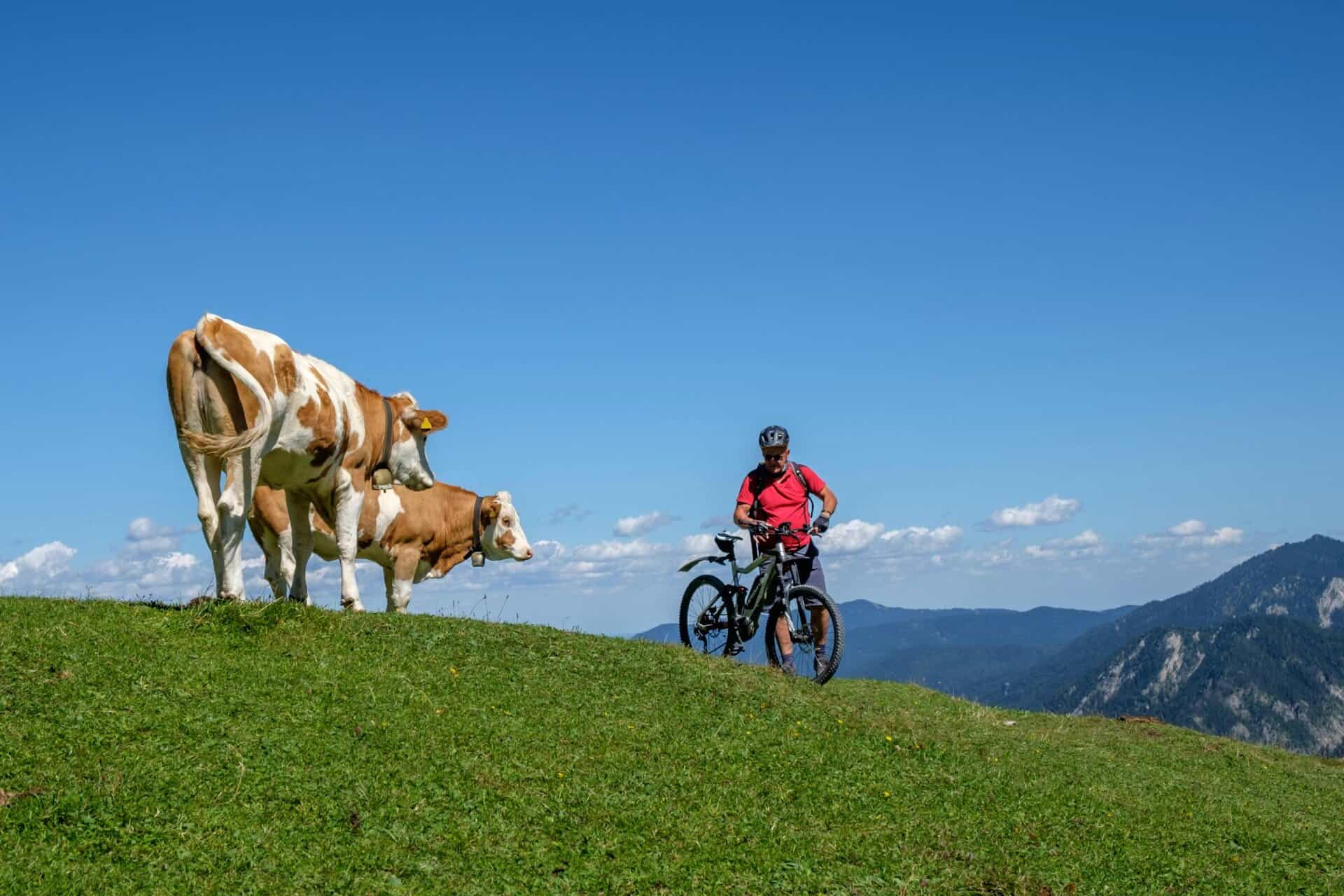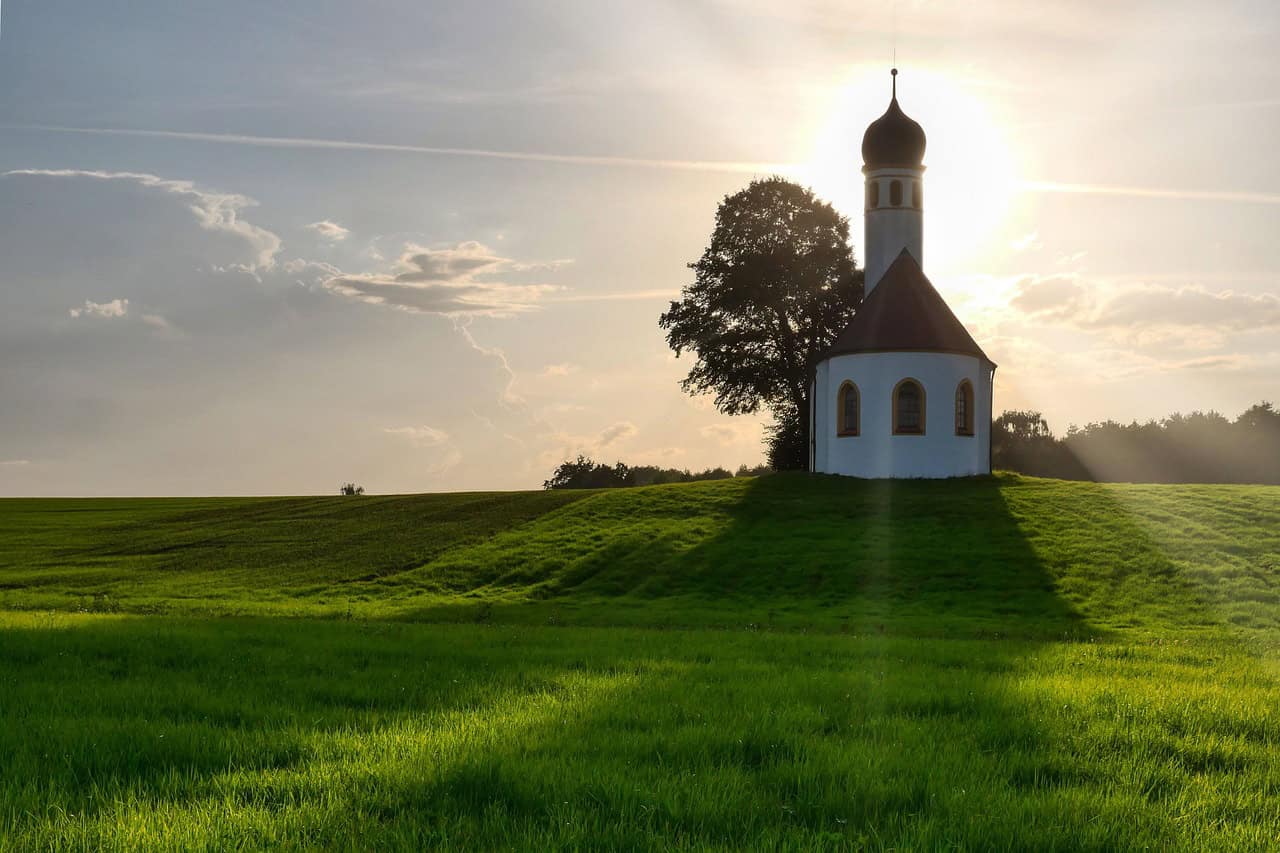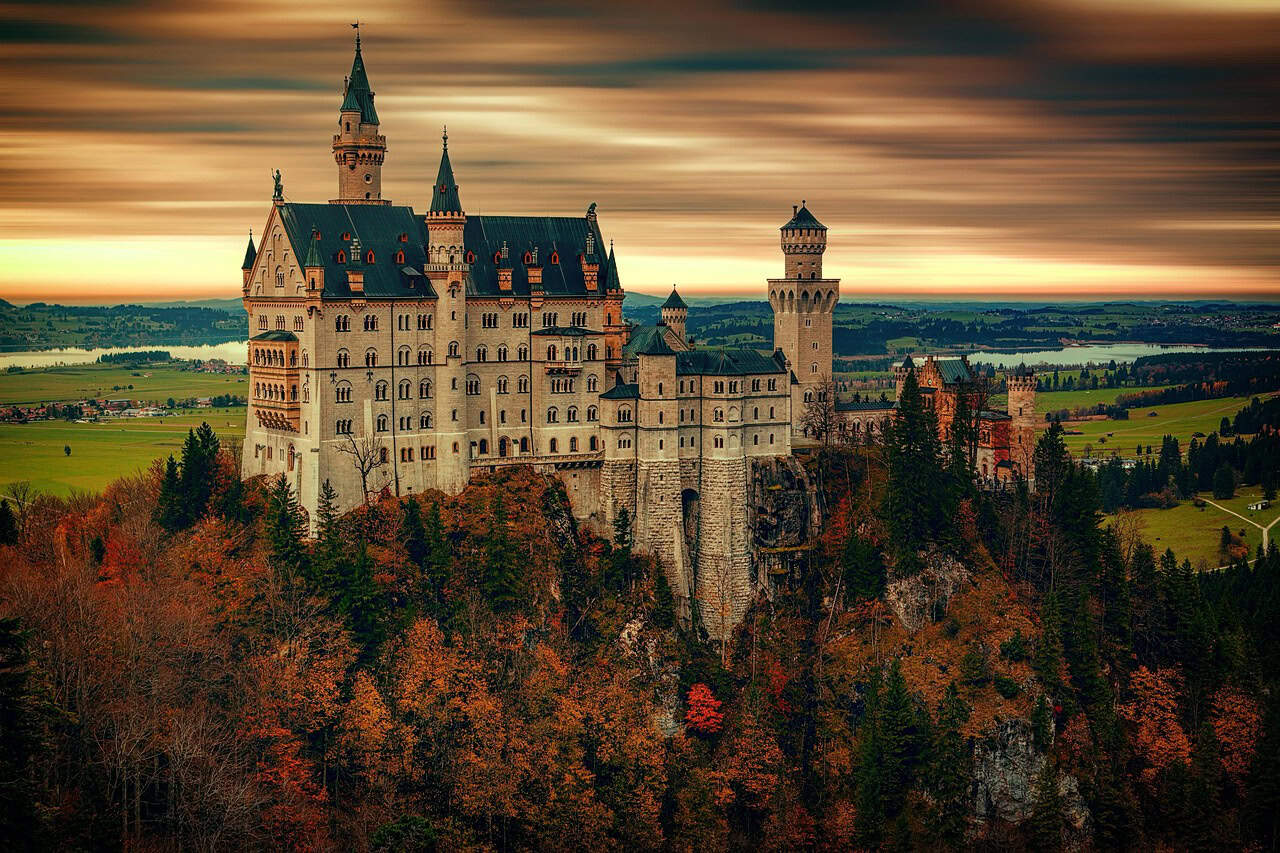Bavaria Germany’s #1 Autumn Fairy-Tale | Castles, Oktoberfest Magic & Haunted Legends
As the days shorten and the Sun starts flying South for the winter, Bavaria transforms into a realm of golden fields, misty forests, and centuries-old traditions. Autumn here is not merely a season—it is a revelation. It’s a time when the land speaks through harvest, when villages hum with quiet celebration, and when the old ways feel newly alive. Far from the bustling beer halls and tourist-heavy Oktoberfest clichés, this is a journey into the heart of Bavarian culture, where every cobbled street and embroidered hem tells a story.
Munich’s Oktoberfest: The Heartbeat of Bavarian Autumn
No exploration of Bavaria in autumn would be complete without acknowledging the world’s most iconic folk festival: Munich’s Oktoberfest. Known locally as the “Wiesn,” this event is far more than a beer celebration—it is a cultural cornerstone, a living tradition that pulses with Bavarian pride and historical depth.
Held annually on the expansive Theresienwiese fairgrounds, the festival dates back to 1810, when it was first staged to honor the wedding of Crown Prince Ludwig and Princess Therese of Saxony-Hildburghausen. Over two centuries later, it remains a vibrant expression of Bavarian identity, drawing millions of visitors from across the globe.
Highlights of the Wiesn:
- Traditional Costume Parade: Over 150 groups march in full Tracht—Dirndls, Lederhosen, feathered hats, and embroidered sashes.
- Oide Wiesn (Old Oktoberfest): A nostalgic corner featuring historic rides, folk dancing, and vintage tents.
- Culinary Offerings: Roasted meats, Obazda cheese, Kaiserschmarrn, and other seasonal specialties.
- Festzelte Atmosphere: Each beer tent has its own character—from the celebrity-filled Käfer Wiesn-Schänke to the historic Armbrustschützen tent with crossbow competitions.
- Haunted Munich Sites: Beneath the festive surface, Munich harbors eerie legends. The Deutsches Jagd- und Fischereimuseum, housed in a 13th-century church, displays taxidermy oddities like the Wolpertinger—a mythical creature said to haunt the Alpine woods. Nearby, the Krampus Run in December channels darker folklore, with devilish figures chasing through the markets. For true chills, the Dachau Concentration Camp Memorial Site lies just outside the city, its solemn grounds echoing with history and grief.
A Landscape Etched in Time

Bavaria in autumn is a painter’s dream. Rolling hills stretch into the distance, quilted with vineyards, apple orchards, and fields of fading sunflowers. The Alps loom in the south, their peaks dusted with early snow, while the Danube and Isar rivers wind through valleys rich with agricultural life. This is a land that has been cultivated for centuries, and in autumn, its bounty is on full display.
Seasonal Highlights:
- Harvest Season: Pumpkins, hops, and root vegetables dominate the landscape. Farmers gather wild mushrooms, press apples into cider, and prepare for winter storage.
- Rural Routes: Scenic drives through the Allgäu and Franconian countryside reveal hay bales stacked like sculptures and scarecrows dressed in traditional garb.
- Alpine Vistas: Early snow on the Zugspitze and Berchtesgaden peaks adds drama to the horizon, while valleys below remain lush and golden.
- Wolfsegg Castle (Regensburg Region): Nestled in the Upper Palatinate, Wolfsegg Castle is famed not only for its architecture but for its ghostly resident—the “White Woman.” Legend says she was murdered by her husband after an affair, and her spirit now roams the halls and nearby caves. Visitors report whispers, footsteps, and flickering lights.
Village Life and Native Dress
In Bavaria, autumn is a time of gathering. Small villages host festivals that honor the harvest, the saints, and the rhythms of rural life. These events are intimate, often centered around the local church or town square, and they offer a glimpse into traditions that have endured for generations.
Cultural Traditions:
- Tracht and Tradition: Men wear embroidered Lederhosen, and women don Dirndls with lace blouses and aprons. These garments are heirlooms, often tailored by hand and passed down through families.
- Kirchweih Celebrations: Church consecration festivals blend religious observance with folk music, dancing, and hearty meals. Each village has its own variation, often featuring a parade or ceremonial tree raising.
- Street Fairs and Processions: In towns like Fürth and Bamberg, the streets become stages for brass bands, market stalls, and traditional games.
- Wessobrunn Monastery (Near Weilheim): This ancient monastery, founded in the 8th century, is steeped in spiritual and spectral history. It was the site of a 16th-century witch trial, and locals believe the spirits of the accused still linger. Apparitions of monks and nuns have been spotted in the cloisters and surrounding woods
Culinary Heritage Beyond the Beer
While Bavaria is known globally for its beer, the region’s culinary depth in autumn goes far beyond steins and pretzels. The food is earthy, seasonal, and deeply tied to the land.
Autumnal Dishes:
- Roasted Game and Root Vegetables: Venison, wild boar, and duck are staples, often served with red cabbage, juniper sauce, and potato dumplings.
- Forest Foraging: Chanterelles and porcini mushrooms are gathered from nearby woods and featured in creamy sauces, savory tarts, and dumpling fillings.
- Sweet Traditions: Zwetschgendatschi (plum cake) and Apfelküchle (apple fritters) appear in bakeries, their recipes unchanged for generations.
- Cheese and Bread: Obazda, a spiced cheese spread, pairs with fresh pretzels and rye loaves baked in wood-fired ovens.
Festivals That Bridge the Ancient and the Alive

Though village festivals offer intimacy, Bavarians also hosts larger festivals that celebrate regional identity with grandeur.
Notable Celebrations:
- Almabtrieb (Cattle Drive): In alpine towns, cows are adorned with flower crowns and bells as they descend from summer pastures. The event includes music, dancing, and local crafts.
- Erntedankfest (Harvest Thanksgiving): Held in towns and cities, this festival blends Christian gratitude with pagan echoes. Processions, wreaths, and altar displays honor the fruits of the earth.
- Bavarian Forest Craft Fairs: Artisans gather to sell wood carvings, handwoven textiles, herbal remedies, and beeswax candles, preserving skills that date back centuries.
- Regional Folk Festivals: Events like the Gäubodenfest in Straubing and the Sandkerwa in Bamberg draw thousands with their blend of tradition, music, and culinary flair.
- Black Forest Folklore: Though technically southwest of Bavaria, the Black Forest’s influence spills into regional storytelling. Tales of Der Grossmann—a towering, many-armed specter said to abduct misbehaving children—are whispered during autumn hikes. The forest’s dense canopy and ancient trails make it a natural setting for ghost stories and pagan echoes.
Adventure in the Quiet Places

For those seeking more than observation, Germany in the fall offers immersive experiences that connect travelers to the land and its people.
Experiential Travel:
- Farm Stays and Agritourism: Visitors can help with apple picking, learn to bake bread in wood-fired ovens, or simply walk the fields at dawn. Many farms offer seasonal workshops in cheese-making or herbal medicine.
- Hiking and Folklore Trails: Paths wind through forests where legends linger—stories of forest spirits, hidden chapels, and ancient stones. The Bayerischer Wald and Franconian Switzerland are especially rich in mythic lore.
- Horse-Drawn Carriage Rides: In some villages, these are not tourist novelties but everyday transport, especially during festival days. Riders pass through misty meadows and forested lanes, often accompanied by local guides who share stories of the land.
Final Thought: A Place That Has Always Been
To travel through Bavaria in autumn is to step into a world that feels both newly discovered and deeply familiar. It is a place where the past is not preserved behind glass but lived in daily ritual, where the land is not just scenery but sustenance, and where culture is not curated but inherited. In every village bell, every embroidered sleeve, and every bite of plum cake, there is a whisper of something enduring. Bavaria in autumn is not a destination—it is a return.






